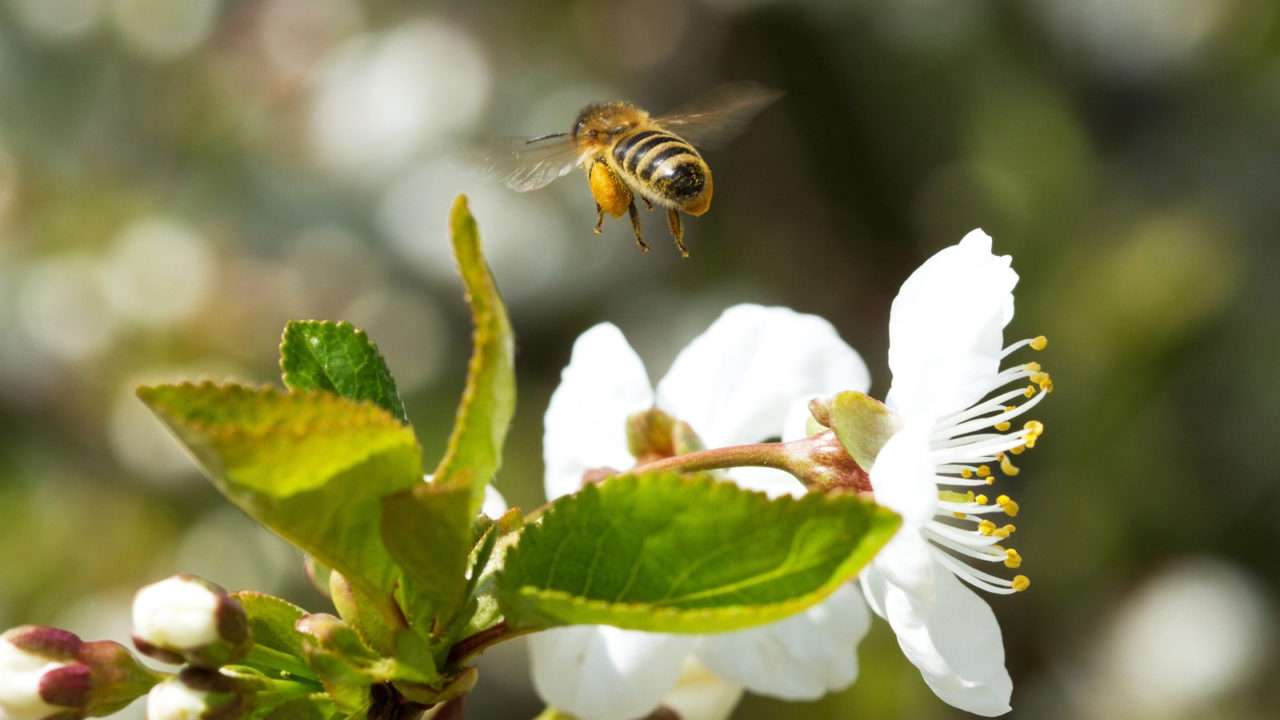The results of a pilot study published by the European Commission have unveiled the possibility for beekeepers to specifically select and breed for mite-resistant bees – specifically the parasitic mite, Varroa destructor.
Agricultural intensification, climate change and globalisation have caused the honey bee huge stress for several years, which has made them susceptible to new diseases.
Among them is the parasitic mite known as varroa, which leads to the death of most infested colonies within a few months if no treatment is performed by beekeepers.
Since its arrival in Europe in the late 1970s, varroa infests most colonies and represents the most impacting pathogen threat for honey bees and the beekeeping industry worldwide.
This week, the European Commission published the results of the pilot study entitled “Restructuring of the honey bee chain and varroa resistance breeding and selection programme”, which was financed by the EU.
This project, the largest study on honey-bee selection ever conducted in Europe, explored the possibilities of increasing the resistance of commercially available honey bees to the varroa mite by selective breeding.
The study analysed ways to improve beekeepers’ access to resistant material; it demonstrated that selection on varroa tolerance can be efficient; and detailed how breeding structures should be established.
The study results will contribute to reducing the treatment of bees with chemical and pharmaceutical products.
The study showed that some bees are able to develop defences and survive mite infestation.
As this ability can be transmitted to the next generation, it opened up the possibility for beekeepers to specifically select and breed for varroa-resistant bees.
While selection works, it is costly and the study concludes that the success of breeding programmes would depend on their dimension and consistent development over several years, as well as on the level of funding provided.
Apiculture in the EU
In 2020, there were approximately 19 million beehives in the EU, handled by 615,000 beekeepers.
Did you know
– The EU produces approximately 275,000t of honey;
– It is the second-largest honey producer after China, which produces 500,000t;
– EU production has increased by 15% during the last five years;
– The EU still does not produce enough honey to cover its own consumption;
– The rate of self-sufficiency is around 60%.
The above research took place between 2018-2021 and was conducted by a consortium (EurBeST) of scientists, beekeepers, breeder associations and apiculture experts from 11 EU countries.
